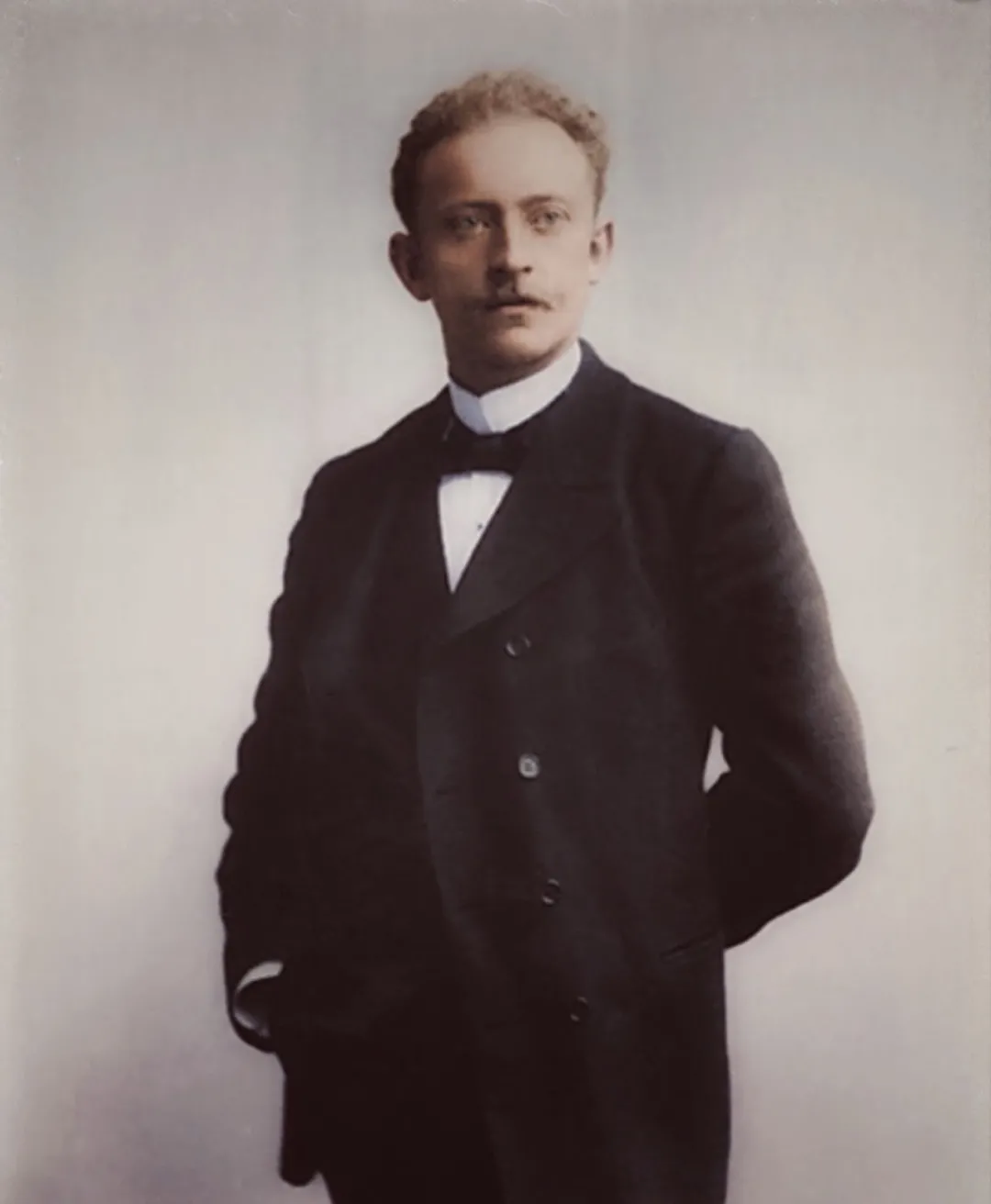
Emil Nolde (1867–1956)
Emil Nolde (1867–1956) was a German-Danish painter and printmaker. He was one of the earliest expressionists, a member of Die Brücke, and one of the first oil and watercolour painters to explore color in the early 20th century.
In 1926, Norder received an honorary degree from kiel University. A few years later he began to be persecuted by the Nazis in Germany, because Hitler considered modernism to be a degenerate art. From 1937 onwards, his works were banned and he was forbidden to buy painting materials. However, with the secret help of friends, he secretly created a series of paintings in those years, and the painting style became more calm and relaxed.
Emil Nord was rediscovered and recognized after world war II and is today considered one of the greatest representatives of Expressionism.
He is known for his brushwork and expressive choice of colors. Golden and crimson often appear in his works, adding luster to the already dull tones. His watercolors include vivid, sinister storm landscapes and gorgeous flowers.
Norder's strong focus on floral themes reflected his interest in the art of Vincent van Gogh. From 1904 onwards, his style initially approached Impressionism and then reached Expressionism, with increasingly intense colors: in the course of this evolution, the works of Paul Gauguin and Edward Munch may have had a considerable impact.
In 1906 he became friends with Karl Schmidt-Rottluff and in 1907 exhibited with painters from the Die Brücke Group, one of Germany's first expressionist groups; he also came into contact with the Berlin Secession and the Braulet Group.
An illness in 1909 and a contact with the art of Vincent van Gogh and James Ensor in 1911 helped to highlight the dramatic character of his paintings. Then, most of his works are mysterious works, in which space, form and color lose any descriptive function and have autonomous expressive value.
In 1913 and 1914, Norder made a long journey, visiting distant and exotic places such as Russia, Japan and China, up to New Guinea. This journey sparked his interest in the rhythmic and decorative qualities of primitive art, enjoying the appearance of exotic elements in his paintings and highlighting the raw power of nature and man. In his work of that period, the figure continued to be gradually and violently deformed by means of large brush colors.